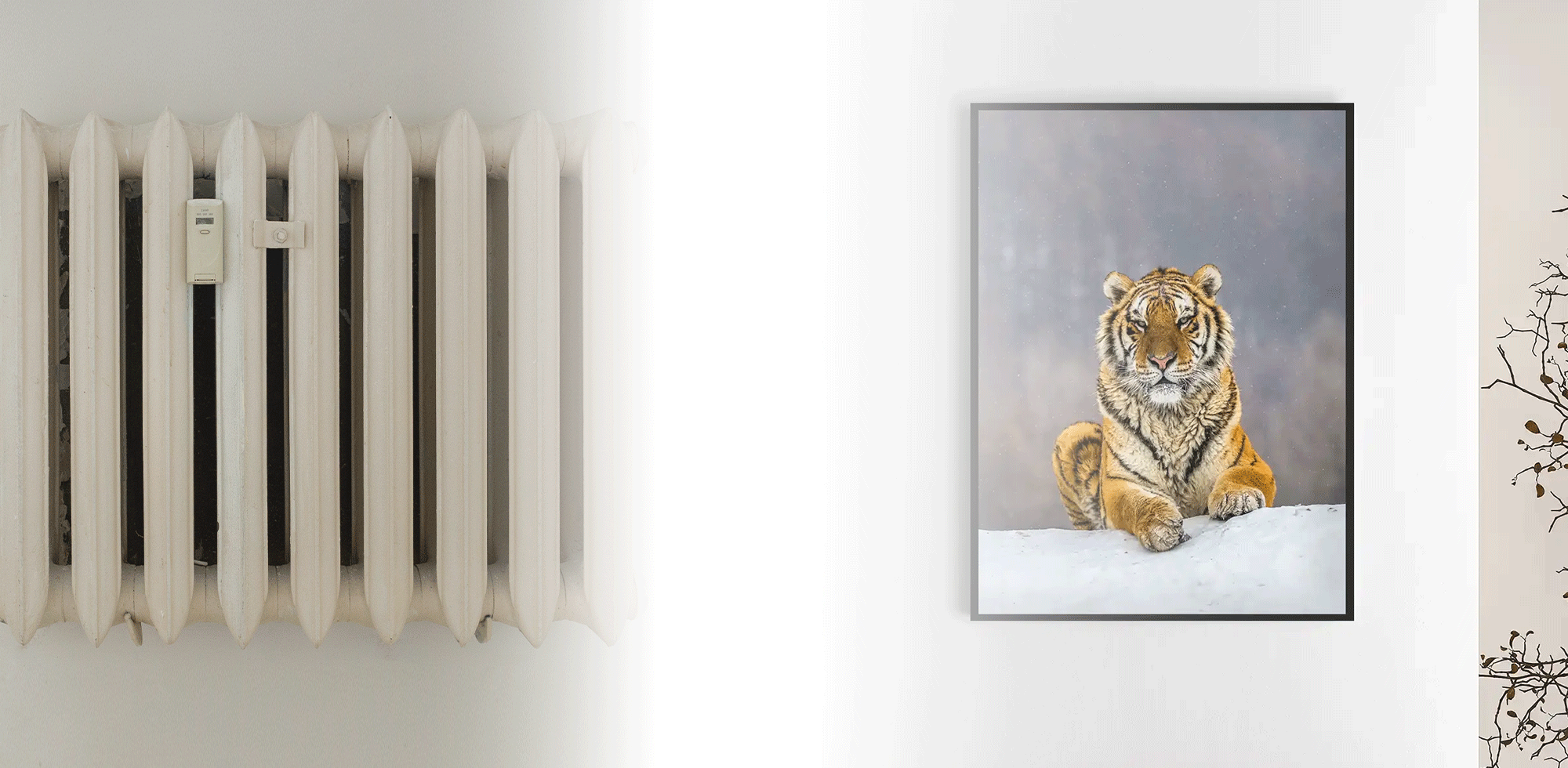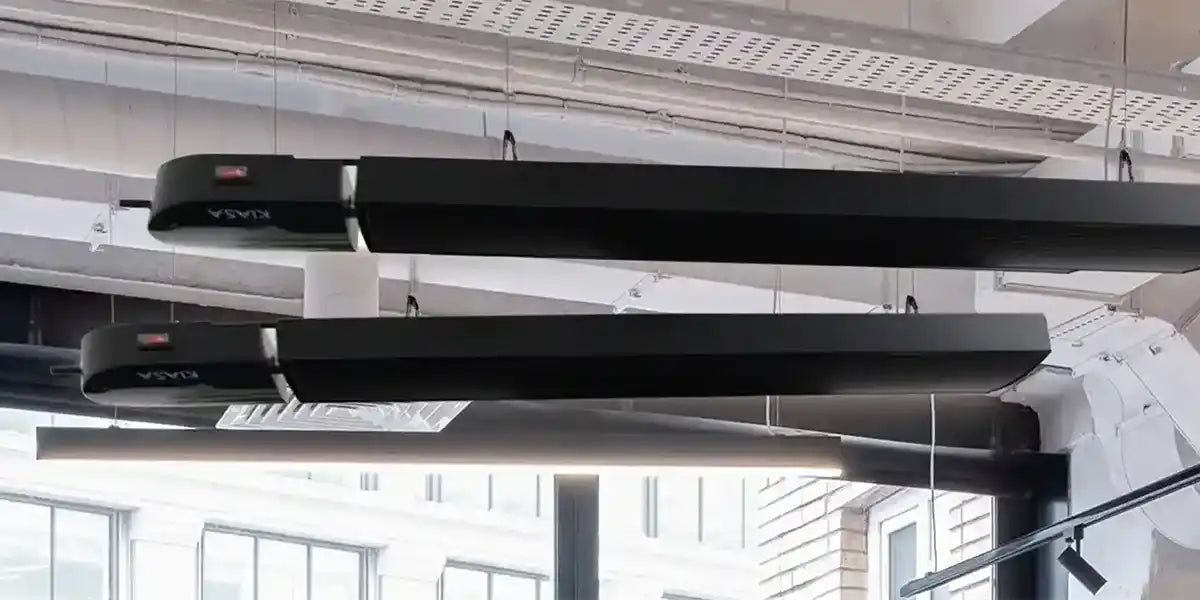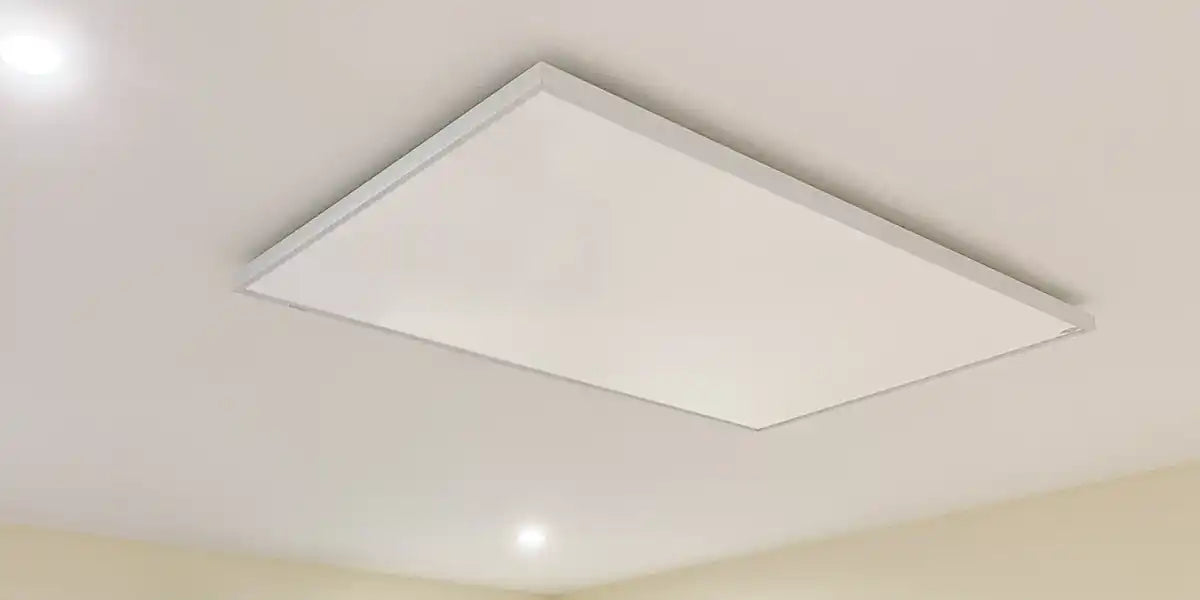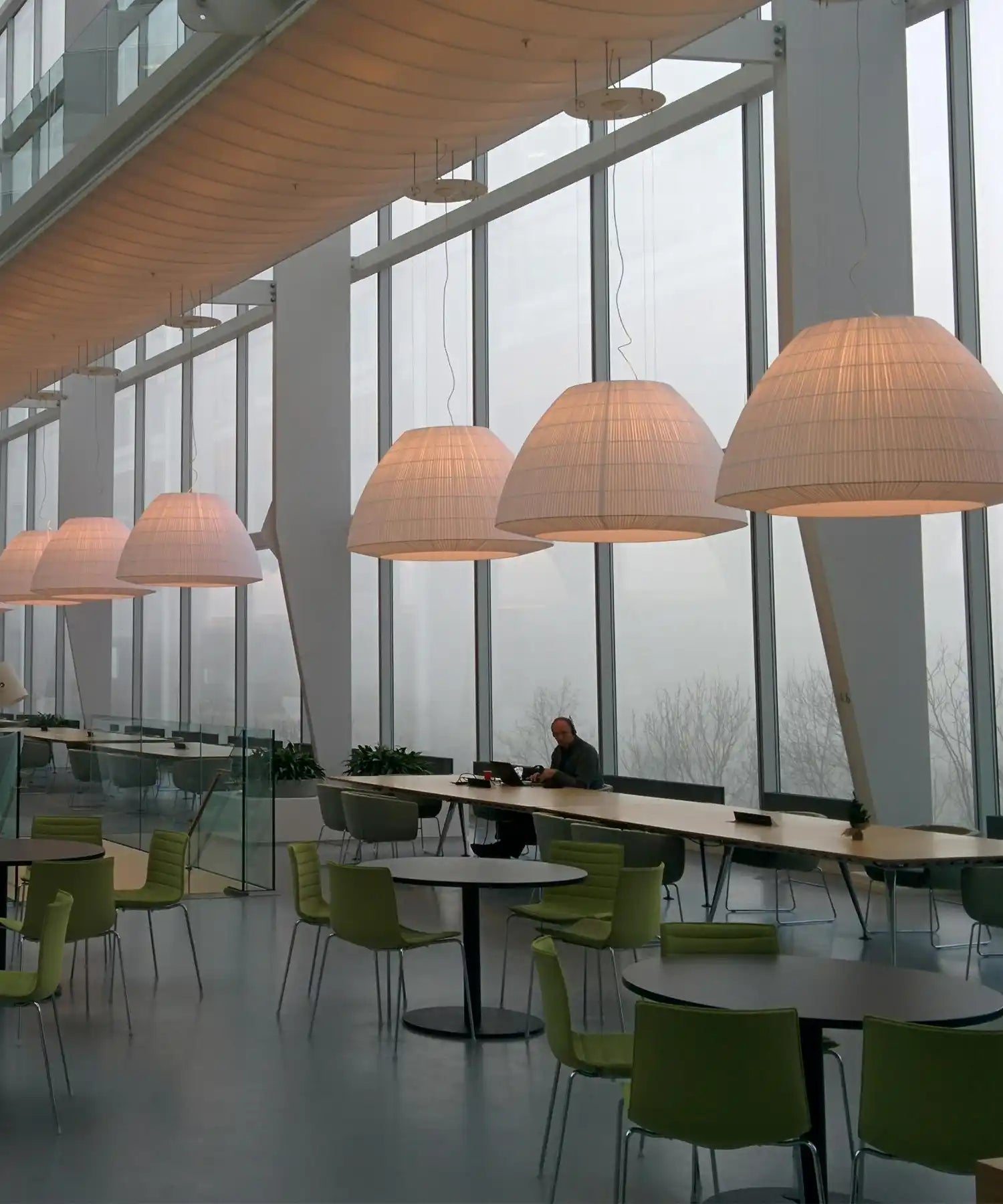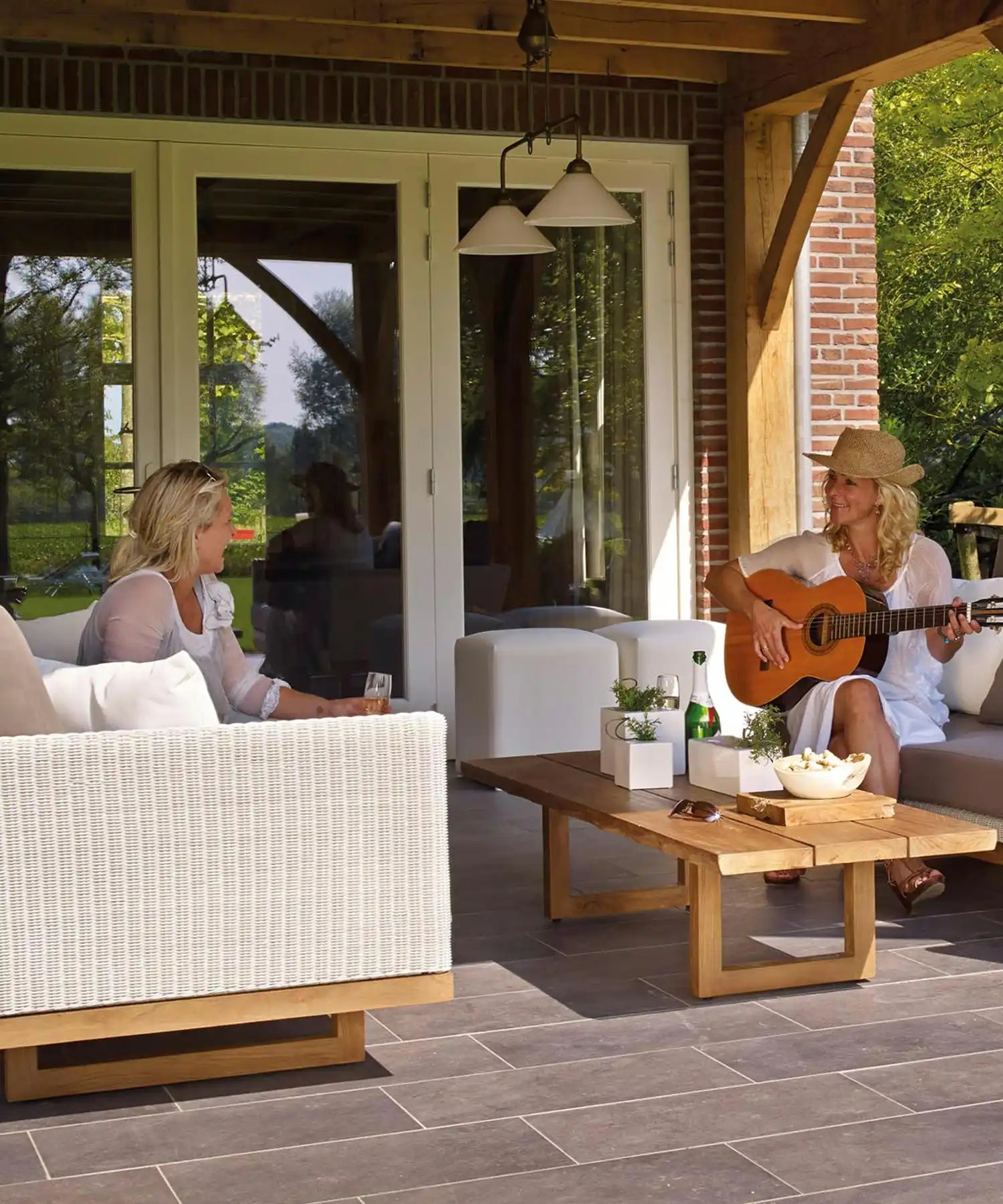Infrared vs Traditional Heating – At a Glance

Infrared Heating
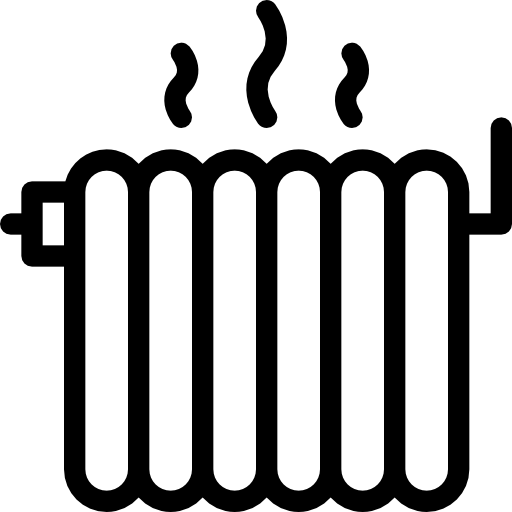
Traditional Heating
Energy Efficiency

Heats objects/people directly, zero waste

Heats air (which escapes easily)
Warm-Up Time

Instant warmth within minutes

Slow heat-up; lag time
Air Quality

Doesn’t dry air or circulate dust

Can dry air, circulate allergens
Installation

Easy wall/ceiling mount, plug & play options

Pipework, boilers, radiators, costly setup
Running Costs

30–50% lower on average

Higher bills, especially gas/oil-based
Maintenance

No moving parts, filters, or servicing

Annual boiler checks, breakdowns, parts
Aesthetic & Space Saving

Slimline, modern design

Bulky radiators or wall units
Eco-Friendliness

Zero emissions if powered by green energy

Relies on gas, oil, or carbon-heavy electricity
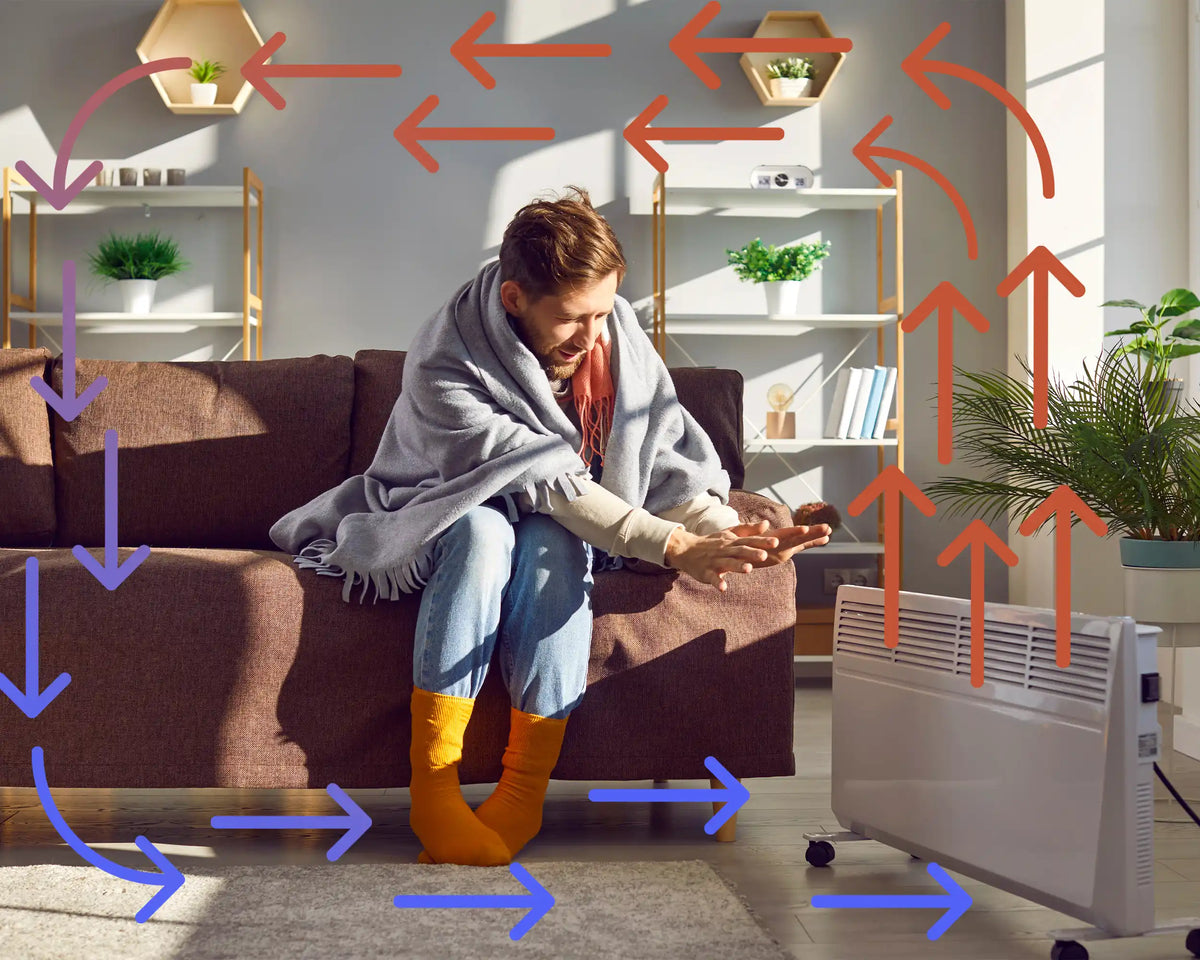

What Makes Infrared Heating So Efficient?
Infrared panels work like the sun—they heat you and your surroundings, not just the air. This eliminates heat loss, creates even warmth, and allows for zoned heating (only heat the rooms you use!).
Lower your energy usage
Reduce your carbon footprint
Stay warm without stuffy air
Subheading
Promotion blocks
Contact Us
Whether it’s a cosy living room, a drafty garden office, or a covered outdoor patio, infrared heaters provide targeted, silent, maintenance-free warmth all year round.
Perfect for Homes, Offices, and Outdoor Spaces
FAQ
Yes! Infrared heaters use nearly 100% of the electricity they consume to produce heat, and none of it is wasted heating air that escapes through windows, doors, or drafts.
Absolutely. Most users report 30–50% lower energy bills—especially when replacing outdated electric heaters or gas radiators.
Yes. Infrared doesn’t circulate dust, pollen, or allergens like forced-air systems. It also preserves humidity, making it better for asthma or allergy sufferers.
Nope! Plug-in options make installation easy. Wall and ceiling-mounted units come with simple brackets and minimal wiring. No boiler, no pipes, no drama.
Yes. Infrared heaters don’t have exposed flames or elements. Wall/ceiling-mounted models stay out of reach, making them safe for homes with children and pets.

